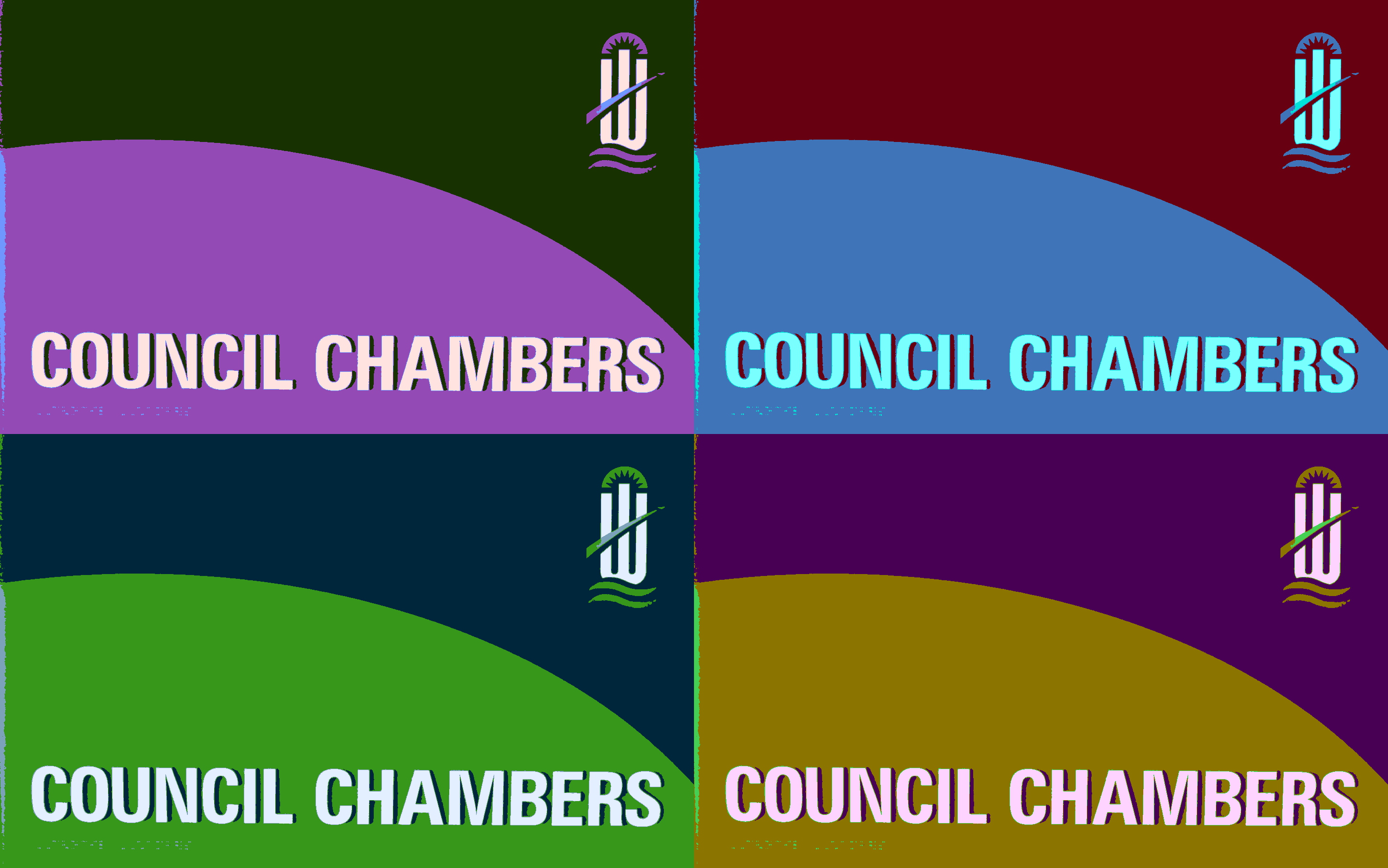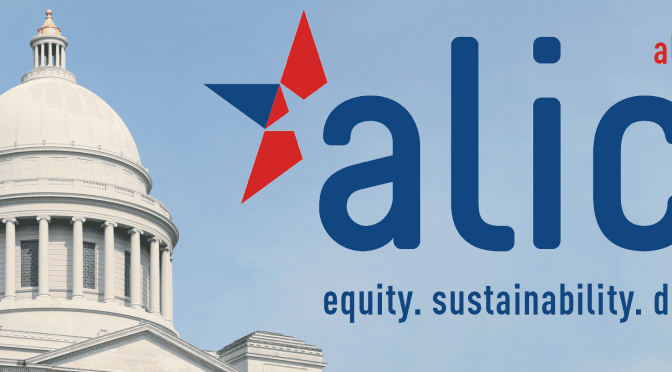![]() Wichita’s city attorney is retiring soon, and the city will select a replacement. There are a few questions that we ought to ask of candidates, such as the following.
Wichita’s city attorney is retiring soon, and the city will select a replacement. There are a few questions that we ought to ask of candidates, such as the following.
Here’s a section from the Wichita city code as passed in 2008 (full section below):
“[Council members] shall refrain from making decisions involving business associates, customers, clients, friends and competitors.”
Wichita city attorney candidate, here’s a question: If a member of the Wichita city council had a business relationship with a person, and then that person was involved in a matter that the city council was called to vote on, how would you advise the council member?
It’s not a hypothetical question. Last year the Wichita city council had to make a decision regarding two development teams that had applied to build a project. (See Wichita contracts, their meaning (or not) for video.) It included various forms of subsidy. Here are some facts that no one disputes:
1. Wichita Mayor Carl Brewer is a member of the Wichita City Council and was in position to make a decision.
2. Bill Warren was one of the parties applying for the project.
3. Bill Warren also owns movie theaters.
4. Wichita Mayor Carl Brewer owns a company that manufactures barbeque sauce.
5. Brewer’s sauce was sold at Warren’s theaters.
It seems straightforward, doesn’t it? The mayor should not have participated in a decision involving his business partner. That seems to be the clear meaning of the city code. But the mayor proceeded to participate in the discussion and vote.
Now, I don’t know what happened behind the scenes. Did the mayor ask the city attorney for his opinion on whether he should abstain from voting? If so, what did the city attorney say? Did the mayor follow or disregard the advice?
Wichitans ought to be interested in the tenor of the advice the next city attorney will provide to council members and the city’s staff of bureaucrats. Will the next city attorney ignore the plain meaning of laws in order to provide legal cover for the council and staff? Or, will the attorney provide advice that respects citizens and the rule of law?
We probably won’t ever know.
Here’s the Wichita city code:
Sec. 2.04.050. — Code of ethics for council members.
Council members occupy positions of public trust. All business transactions of such elected officials dealing in any manner with public funds, either directly or indirectly, must be subject to the scrutiny of public opinion both as to the legality and to the propriety of such transactions. In addition to the matters of pecuniary interest, council members shall refrain from making use of special knowledge or information before it is made available to the general public; shall refrain from making decisions involving business associates, customers, clients, friends and competitors; shall refrain from repeated and continued violation of city council rules; shall refrain from appointing immediate family members, business associates, clients or employees to municipal boards and commissions; shall refrain from influencing the employment of municipal employees; shall refrain from requesting the fixing of traffic tickets and all other municipal code citations; shall refrain from seeking the employment of immediate family members in any municipal operation; shall refrain from using their influence as members of the governing body in attempts to secure contracts, zoning or other favorable municipal action for friends, customers, clients, immediate family members or business associates; and shall comply with all lawful actions, directives and orders of duly constituted municipal officials as such may be issued in the normal and lawful discharge of the duties of these municipal officials.
Council members shall conduct themselves so as to bring credit upon the city as a whole and so as to set an example of good ethical conduct for all citizens of the community. Council members shall bear in mind at all times their responsibility to the entire electorate, and shall refrain from actions benefiting special groups at the expense of the city as a whole and shall do everything in their power to ensure equal and impartial law enforcement throughout the city at large without respect to race, creed, color or the economic or the social position of individual citizens.




 U.S. Representative
U.S. Representative 

 regulatory state. Authored by CEI Vice President for Policy Clyde Wayne Crews, it shines a light on the large, growing, and hidden costs of America’s regulatory state.
regulatory state. Authored by CEI Vice President for Policy Clyde Wayne Crews, it shines a light on the large, growing, and hidden costs of America’s regulatory state.
 Progressives criticize “bill mills,” but the movement has its own. Criticism of policies based simply on their sources is a weak form of argument. But this is the substance of criticism leveled against
Progressives criticize “bill mills,” but the movement has its own. Criticism of policies based simply on their sources is a weak form of argument. But this is the substance of criticism leveled against 





